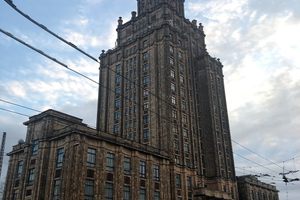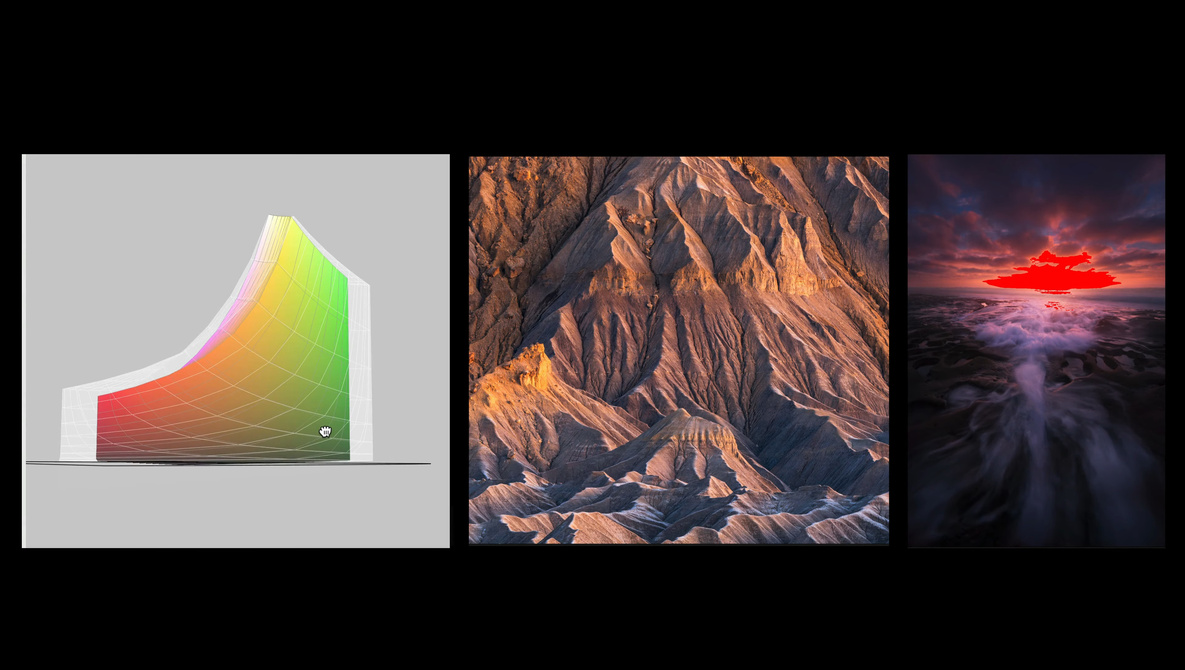Latvian Academy of Sciences in Rīga, Latvia
The most prominent artifact of the Soviet legacy in Riga, the Latvian Academy of Sciences, is situated just a few blocks south of the city center. The towering structure looms over the skyline in an attempt to mimic the historic towers of Old Riga. Conceived in 1951 as the House of Kolkhoz (collective farms) workers, the 21-story building was modeled on Stalin’s Seven Sisters—seven monumental high-rises built in postwar Moscow in a style known as socialist classicism, or simply Stalinist architecture. However, Stalin himself was not able to admire Riga’s first skyscraper since the building was completed after his death and was officially opened in 1961, having changed its purpose and being turned into an office and conference building for scientists and researchers. Smaller in scale than its Moscow ‘cousins,’ the Latvian Academy of Sciences also differs from them in structure, materials, and decorative features. While the Seven Sisters are based on over-engineered steel frames, Riga’s high-rise is a reinforced concrete structure and is decorated not only with ubiquitous Soviet hammers and sickles but also traditional Latvian ornaments. However, the building is still unmistakably recognizable as a monument of Stalin’s era and a controversial reminder of Latvia’s stay under Soviet rule. That is why the building is nicknamed by locals as the Kremlin, Stalin’s cake, and even Stalin’s tooth. The building's observation deck offers panoramic views of Riga from the 17th-floor circular terrace.


The most prominent artifact of the Soviet legacy in Riga, the Latvian Academy of Sciences, is situated just a few blocks south of the city center. The towering structure looms over the skyline in an attempt to mimic the historic towers of Old Riga. Conceived in 1951 as the House of Kolkhoz (collective farms) workers, the 21-story building was modeled on Stalin’s Seven Sisters—seven monumental high-rises built in postwar Moscow in a style known as socialist classicism, or simply Stalinist architecture. However, Stalin himself was not able to admire Riga’s first skyscraper since the building was completed after his death and was officially opened in 1961, having changed its purpose and being turned into an office and conference building for scientists and researchers.
Smaller in scale than its Moscow ‘cousins,’ the Latvian Academy of Sciences also differs from them in structure, materials, and decorative features. While the Seven Sisters are based on over-engineered steel frames, Riga’s high-rise is a reinforced concrete structure and is decorated not only with ubiquitous Soviet hammers and sickles but also traditional Latvian ornaments. However, the building is still unmistakably recognizable as a monument of Stalin’s era and a controversial reminder of Latvia’s stay under Soviet rule. That is why the building is nicknamed by locals as the Kremlin, Stalin’s cake, and even Stalin’s tooth.
The building's observation deck offers panoramic views of Riga from the 17th-floor circular terrace.


































































-Baldur’s-Gate-3-The-Final-Patch---An-Animated-Short-00-03-43.png?width=1920&height=1920&fit=bounds&quality=70&format=jpg&auto=webp#)






























































































































































































